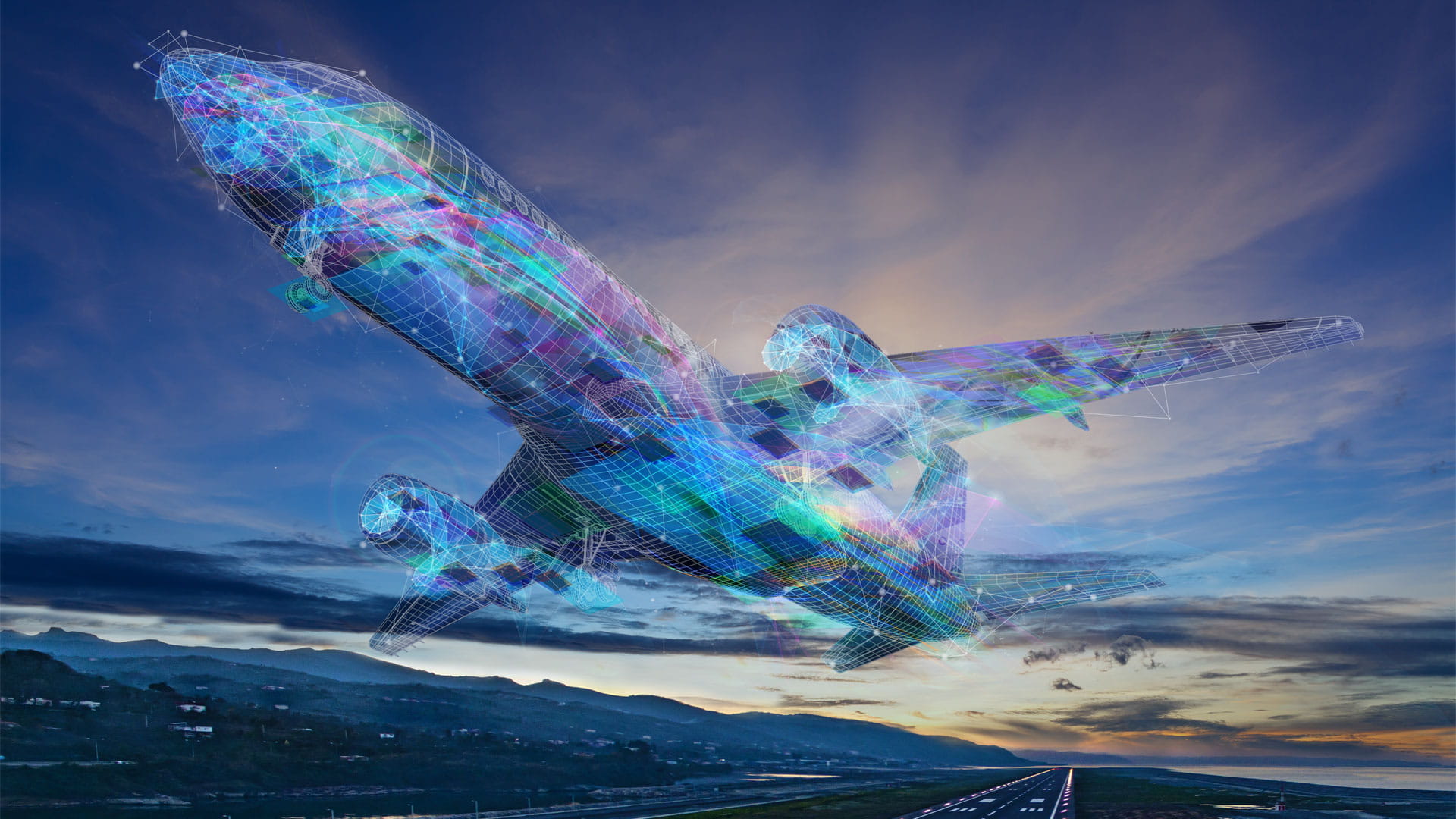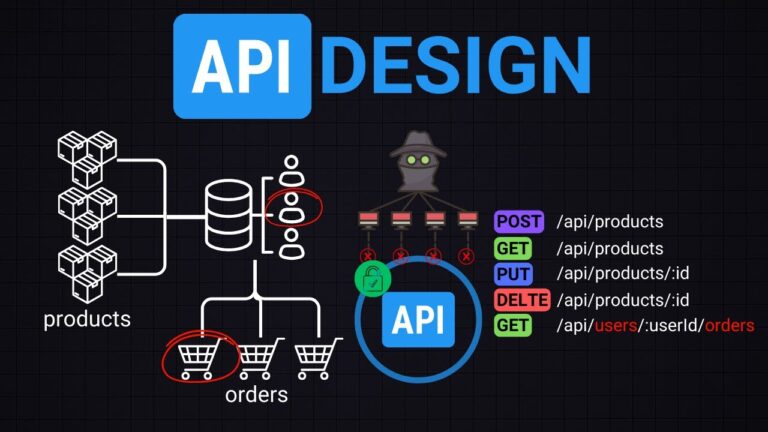Airline Digital Transformation based on NDC and Real-Time Data
Airlines want to embrace digital retailing and take back ownership of their customer relations from beginning to end, but to do this they need to transform how they sell to their customers, especially via the agency channel. This means overhauling their current merchandising and ticket-distribution strategies and systems to meet the needs of the various channels available for connecting with their customers. The need to maintain a healthy ratio of cheaper to expensive seats remains a critical factor in determining profitability. Getting the right balance can be the difference between making or losing millions. Since most airlines have a history of poor profitability, digital retailing is seen as a way to sustain profitability in an intensely margin-sensitive business. IATA’s New Distribution Capability (NDC) maps out a clearly defined path for updating these merchandising and retailing practices. Indeed it is the catalyst for a more joined up approach across distribution, marketing and sales with the customer rather than the flight at the centre.
This requires the adoption of new industry standards and investment in a merchandising capability that gives them the ability to share rich content and distribute their products using new industry standards and schemas. This is long overdue when you consider how some airlines have invested heavily in their products such as high-quality lie-flat beds and direct aisle access seating configurations but were challenged to present these differentiators to the customer using the indirect channel.
Effective merchandising today includes using influencing details such as pictures and videos at the point of sale. Buying behaviour then needs to be analysed and the insights gained used as business drivers for improvement. This is about using real-time data to deliver more targeted and relevant offers to the right customer, at the right time, through the right channel and in the right way.
The Real-Time Airline – Where it is Today and Where it Wants to Be
Most of the big airlines today still use a global distribution system, or GDS, to distribute tickets to travel agents, especially those used by corporates or OTAs who sell flights and packages to travellers. GDS technology, although largely based on legacy systems offers travel agents all over the world the ability to instantaneously check the availability of air tickets on any given day, helping the airlines to sell their inventory. IATA estimates that 50% of tickets are still sold via GDSs and not through the airlines own increasingly sophisticated direct selling sites.
But GDS legacy technology cannot cope with the demands of today’s unbundled fare structures and a choice of ancillaries delivered in a content rich real-time retail environment. This major constraint to airline retailing is what NDC and everyone who is implementing NDC wants to overcome. Although GDS’s are looking at offering their airline customers the ability to sell ancillaries, for many airlines their progress is too slow, and new industry disruptors are emerging with smart new merchandising and distribution platforms designed with NDC and New Order in mind from day one.
The Low Cost Carriers (LCCs), have clearly demonstrated that profitability is not just about selling seats, but selling choices as part of a travel experience. They argue this is all about giving the passenger choices in relation to value. This argument becomes even truer on long-hauls and interlining, not yet penetrated by the LCCs, where certain experiences such as extra leg room or on-board Wi-Fi can make a real difference. This means airlines need to be able to offer a choice of value added extras known as ancillaries at the time of booking or before boarding. Beyond the low hanging fruit of checked bags and pre-ordered seats, airlines are becoming increasingly creative in generating revenues beyond the ticket. Just look at the annual statistics from IdeaWorks, to get a sense of the relentless rise of ancillary sales by key major airlines that totalled $67.4 billion in 2016, a 9% increase on the previous year. Indeed several airlines make over a billion dollars in ancillaries. Indeed Irish carrier Ryanair made £1.3 billion in ancillary revenue, behind only United (£4.8bn), American (£3.6bn), Delta (£2.9bn), Air France/KLM (£1.66bn) and Southwest (£1.63bn). This is attributable to a diverse array of charges, including on baggage, credit and debit card transactions and in-flight sales of food and drink. Just think of the scope when, airlines can get really creative and individual with ancillaries.
Taking Back Control
The NDC is a game changer that transforms how airlines can merchandise the full spectrum of their offerings to their customers and drive greater revenue through the indirect channel. When successfully implemented, it will help airlines regain control of their customers at the point of sales, while giving direction to product development. It also promises to deliver the market transparency that is currently lacking. Currently comparative shopping is limited strictly to comparing fares and schedules, rather than comparing value added features.
In an NDC world, consumers will be able to see and compare all the related ancillaries on offer from each airline. The qualitative differences between low-cost, hybrid, and full-service carriers will be-come more evident from the product variations (everything from seat sizes to menus to in-flight en-tertainment systems, etc).
An overhaul of the current systems and processes in place is required to accommodate the transition from the offer being created by the airlines themselves rather than the GDSs. Pre-NDC — the GDS acts as the intermediary constructing the offer. It gets the fares, the schedule and availability from the airlines and then constructs the offer, which is sent to the client via the agent making the request. In this case the agent uses the GDS to buy the tickets for his clients. Ancillaries tend not to be bought via the GDS but are attached to a ticket later via electronic documents (EMDs), a separate one for each ancillary, and each leg of the journey.
For many NDC adoption will be a phased approach. The first phase focusing on creating a new channel based on NDC but distributing conventional offerings, to be followed by a secondary phase addressing the merchandising side of this new world. This becomes a new way of life so the second phase is actually al about the embracing the change that introduces it.
We explore the topic of how real-time analytics can help transform airline merchandising using NDC in a new white paper and as a webinar topic.







